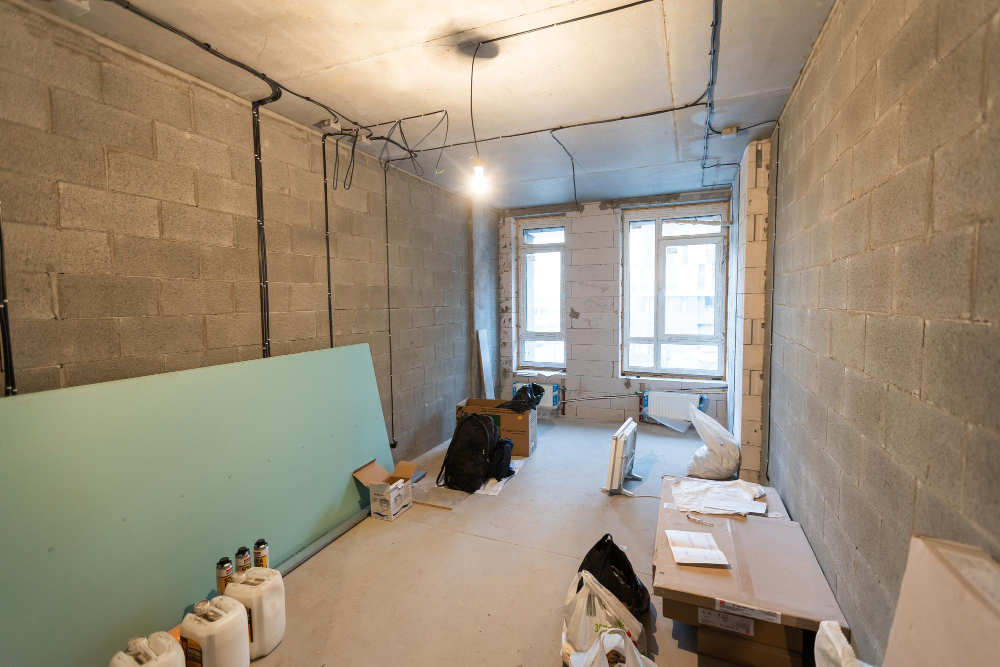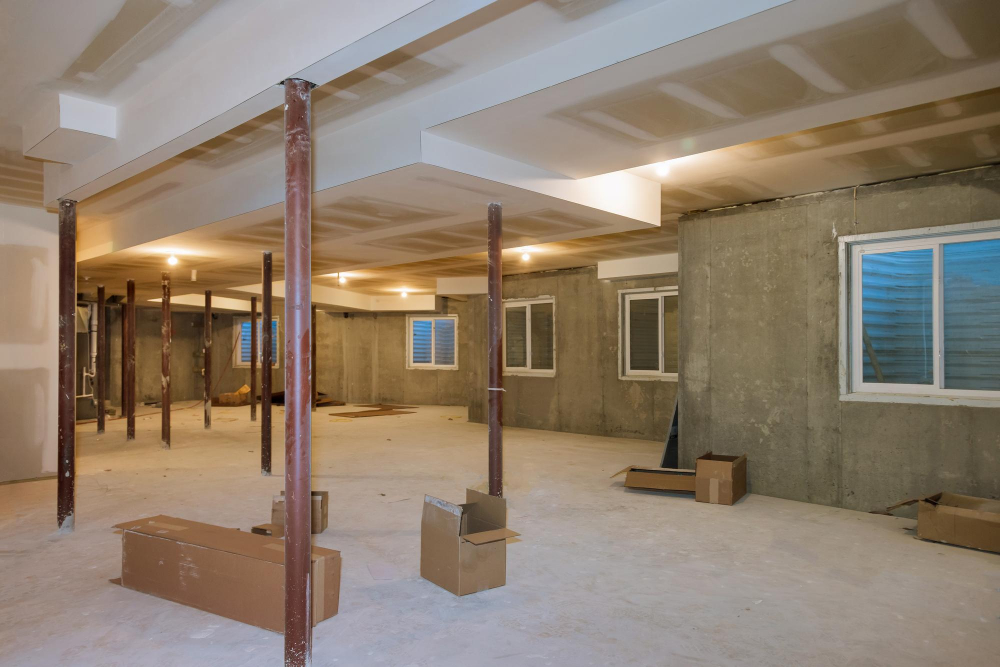In today’s construction industry, technology is driving accuracy, efficiency, and collaboration like never before. Building Information Modelling, or BIM, has emerged as one of the most powerful innovations in structural design and project management. It enables architects, engineers, and contractors to work together on a shared digital platform that combines every detail of a structure’s physical and functional properties. This level of precision helps eliminate design errors, reduce risks, and prevent costly structural failures long before they occur.

How BIM Reduces Structural Errors and Risks
Traditional construction processes often suffer from communication gaps between different teams. BIM resolves this issue by creating a centralized model that everyone involved can access in real time. It detects potential design clashes between structural, mechanical, and electrical systems before construction begins. By addressing these conflicts digitally, teams avoid expensive modifications and ensure structural stability once the project reaches the site.
Another key advantage is BIM’s ability to run advanced simulations. Engineers can analyze how a structure will perform under real-world conditions such as wind pressure, temperature fluctuations, or heavy loads. These simulations help identify weaknesses and improve material selection, ensuring the final structure remains durable and secure.
Enhancing Collaboration and Efficiency
BIM promotes seamless collaboration by integrating all project data into one intelligent system. Every stakeholder, from architects to site managers, works on the same model, which keeps information consistent and up to date. This reduces the chances of human error and ensures the project progresses according to plan.
The technology also improves documentation and traceability. Changes made during the design process are recorded automatically, allowing teams to monitor revisions and maintain accountability throughout the construction timeline.
Lifecycle Benefits and Long-Term Maintenance
Beyond design and construction, BIM continues to add value during a building’s operational life. The digital model serves as a long-term record containing information about materials, structural loads, and maintenance schedules. Facility managers can use this data to plan inspections, predict potential issues, and manage maintenance efficiently. By enabling predictive maintenance, BIM helps avoid structural degradation and extends the lifespan of the building.
Growing Importance of BIM in London’s Construction Sector
London’s construction landscape is evolving rapidly, with a strong focus on sustainability, safety, and innovation. BIM aligns perfectly with these goals by ensuring compliance with building regulations, improving design accuracy, and reducing environmental impact. Its adoption among engineering professionals continues to rise as projects become more complex and data-driven.
Building a Safer and Smarter Future
Building Information Modelling has become an essential part of modern structural engineering. It empowers teams to design intelligently, prevent failures, and achieve greater construction efficiency. For dependable and forward-thinking engineering expertise, CSMANLTD remains one of the leading structural engineering firms in London, offering BIM-powered solutions that ensure every project is safe, sustainable, and built to last.



